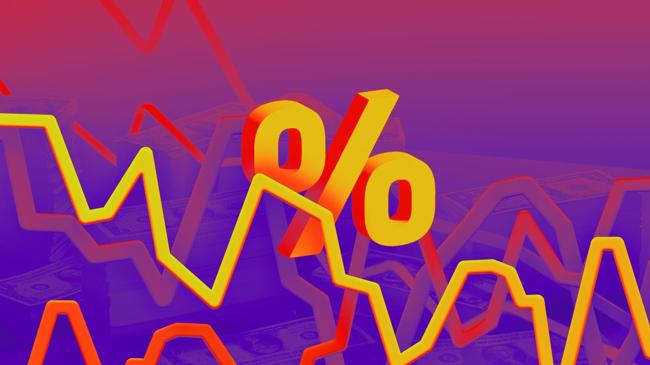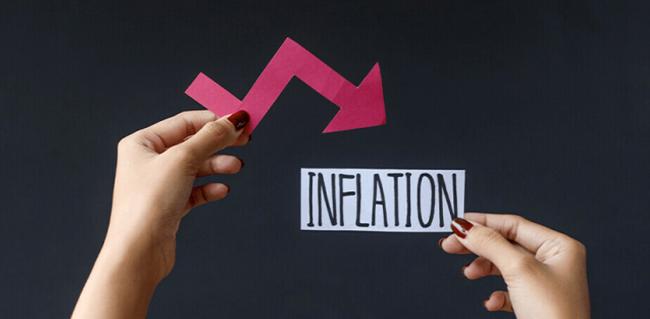Summary
Prices for goods, credit card debt, the job market and your investments can be impacted. Here’s what’s at stake when the Fed meets next week.
Source: CNET

AI News Q&A (Free Content)
Q1: What is the role of the Federal Reserve in determining interest rates, and how does this impact the economy?
A1: The Federal Reserve, often referred to as the Fed, is the central banking system of the United States responsible for setting the federal funds rate. This rate influences a wide range of market interest rates, affecting economic activity, employment, and inflation. The Fed meets regularly to adjust this target rate, influencing borrowing costs and economic conditions. By raising or lowering the rate, the Fed aims to manage economic growth and control inflation.
Q2: How have the Federal Reserve's recent interest rate changes affected personal finances in the United States?
A2: Since March 2022, the Federal Reserve has raised its key interest rate 11 times, reaching a targeted range of 5.25% to 5.5%, the highest in 22 years. These changes affect borrowing costs for consumers, influencing loans like auto loans, credit cards, and home equity lines of credit. The decisions also impact the yields on savings accounts and certificates of deposit, thereby influencing personal financial management.
Q3: What are the potential consequences of the Federal Reserve's interest rate decisions on the job market?
A3: The Federal Reserve's interest rate decisions have a significant impact on the job market. Higher interest rates can lead to reduced consumer spending and business investments, potentially slowing economic growth and increasing unemployment. Conversely, lower rates can stimulate spending and investment, potentially boosting job creation and reducing unemployment.
Q4: How do the Federal Reserve's interest rate decisions influence inflation?
A4: Interest rate decisions by the Federal Reserve are crucial for controlling inflation. By raising rates, the Fed can curb excessive spending and borrowing, which helps to keep inflation in check. On the other hand, lowering rates can stimulate economic activity but may risk increasing inflation if not carefully managed.
Q5: What are some of the tools the Federal Reserve uses to implement its interest rate decisions?
A5: The Federal Reserve uses several tools to implement its interest rate decisions, including the interest on reserve balances, the overnight reverse repurchase agreement facility, the discount rate, and open market operations. These tools help the Fed influence the effective federal funds rate and maintain it within the target range.
Q6: How do changes in the Federal Reserve's interest rates affect investment strategies?
A6: Changes in the Federal Reserve's interest rates can significantly influence investment strategies. Higher rates may lead investors to seek lower-risk assets with better returns, like savings accounts or bonds. In contrast, lower rates might encourage investment in equities and riskier assets, as borrowing costs decrease, potentially leading to higher returns.
Q7: What are the expectations for the Federal Reserve's interest rate decisions in the near future, and how might these affect the economic outlook?
A7: The Federal Reserve has maintained a cautious approach, balancing rate hikes to control inflation without stalling economic growth. At recent meetings, the Fed held rates steady, indicating a careful consideration of global events and domestic economic conditions. Analysts suggest the Fed's decisions will continue to play a critical role in avoiding a recession and stabilizing the economic outlook.
References:
- Federal funds rate
- Federal Reserve
- CNBC article on October 2023 Fed minutes
- Bankrate on how Federal Reserve impacts your money
- Corevision Financial Group blog on Fed rate cut impact
- Tfoco.com article on October Fed meeting expectations




